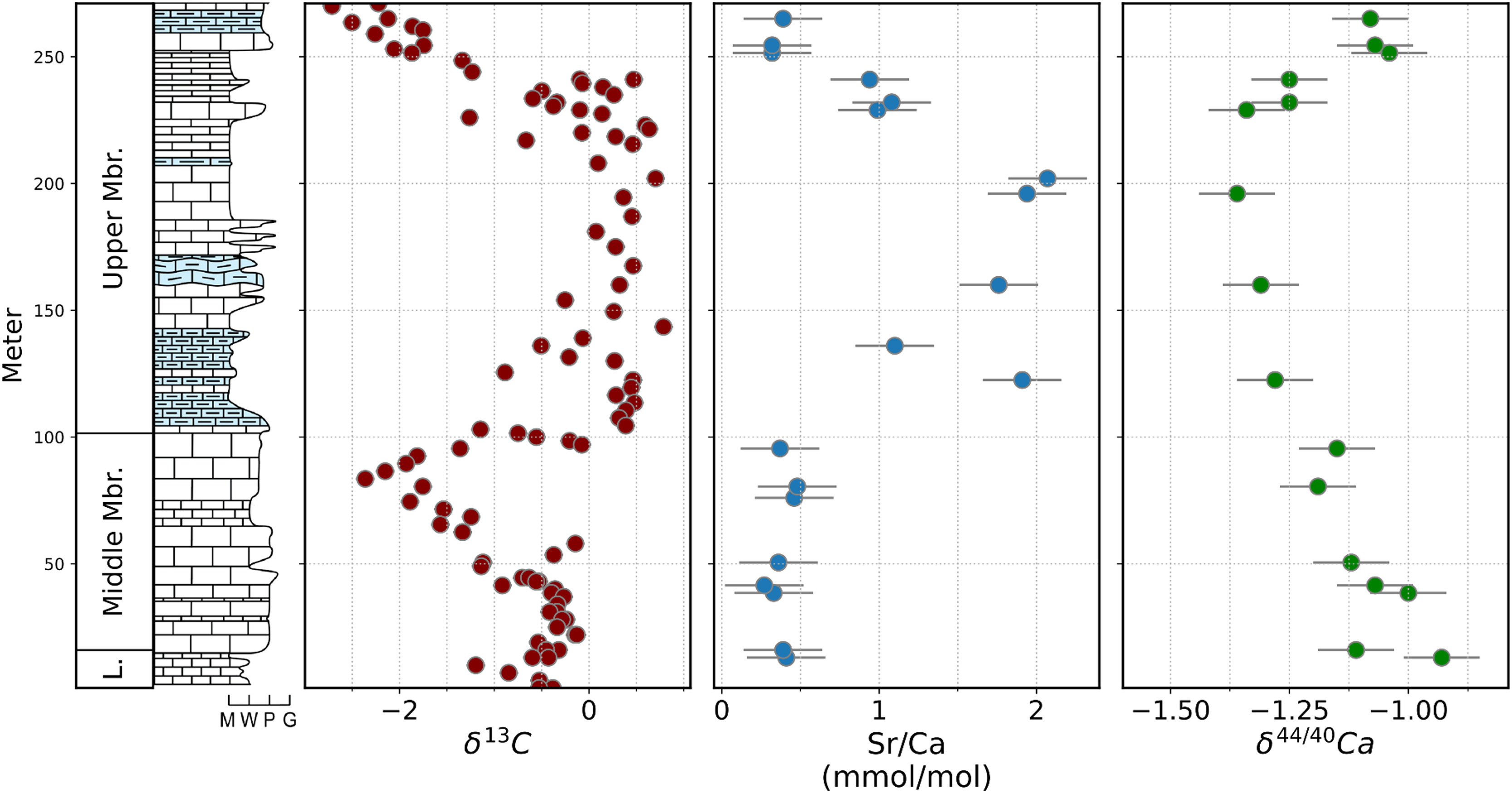New Paper: Calcium Isotope Stratigraphy and Ordovician Carbon Isotope Shift
I’m excited to share our new paper just published in Earth and Planetary Science Letters! In this work, we investigated a mysterious carbon isotope excursion that happened around 469-458 million years ago during the Middle Ordovician Period. This was a fascinating time in Earth’s history when marine life was experiencing a major increase in biodiversity (i.e., the GOBE).
What did we find?
Working with rocks from Nevada, we used calcium isotopes and other geochemical tools to figure out what caused this carbon isotope shift (known as the MDICE - Mid-Darriwilian Carbon Isotope Excursion). The big question was: did this shift reflect real changes in Earth’s carbon cycle, or was it just an artifact of how the rocks formed and changed over time?

Our results suggest it’s actually a bit of both! While some of the signal comes from changes in how the rocks formed and were altered over time, there’s still a significant portion that likely reflects real changes in Earth’s carbon cycle. We think this might be linked to increased weathering of rocks during mountain building (the Taconic orogeny), which could have delivered more nutrients to the oceans and boosted marine productivity.
Why does this matter?
This work helps us better understand what was happening to Earth’s carbon cycle during a crucial time in the evolution of marine life. It’s also a great example of how we can use multiple chemical signatures in rocks to tease apart different processes that affected ancient environments.
You can check out the full paper here: Calcium isotope constraints on a Middle Ordovician carbon isotope excursion
A big thanks to my co-authors Matt Saltzman and Liz Griffith and everyone who helped with this work! Let me know if you’d like to learn more about this paper.

Comments